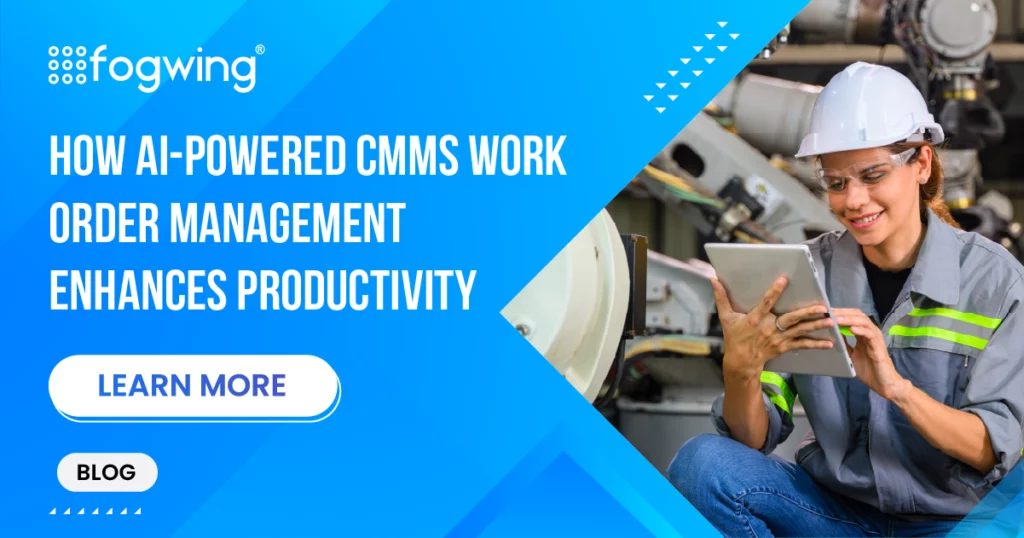
Technology through epochs has been aiming to bring change and sophistication in all realms of work and life. With every passing phase of development in technology new claims and promises arise. Similarly, the current and latest development is the introduction of Internet of Things in almost all fields of manufacturing, production, storage, assessment, distribution, tracking and so on. Today, IoT claims that it will transform the phase of industrial technology with automation and predictive maintenance to version four / industry 4.0. IoT does assist in monitoring, tracking and predictive maintenance in a variety of areas, be it healthcare, manufacturing or farming; cognitive IoT solution is not so far anymore! The key to IoT functioning is IoT device deployment and it is comes with a set of its own challenges.
On the forefront to set the record straight we must understand that IoT device deployment and maintenance is crucial to how IoT technology serves your purposes from time to time. Once you opt for IoT technology that brings automation and predictive maintenance for your corporate monitoring that elevates business revenues, it isn’t a ‘fire and forget’ scenario. It involves challenges of its own, especially if the device / sensors are to be deployed in remote areas of firm outlets. If that’s an area that requires cautious choice and implementation it is necessary to understand what is IoT device deployment. So, let’s explore!
What is IoT Device Deployment?
IoT device deployments refers to the entire process of setting up, securing and activating IoT devices / sensors along with the entire IoT architecture that includes edges, network server, applications, platform, cloud and so on. The procedure though simple at the time of deployment needs timely updates and device health maintenance for acquiring real-time data of environment. Once IoT connectivity is established, real-time data is accessible but ensuring encryption is another important aspect that is concerned with IoT device deployment as it revolves around data collection. Therefore, IoT device deployment is tied to device management in the long run for assured success on various parameters.
Wherever the internet bandwidth and connectivity are strong, IoT functioning takes places without interruption unless the device health itself is failing due to improper maintenance. Yet, challenges creep with failures in cautious deployment of IoT technology within an enterprise that indirectly hurts the revenue and stability of tenants (wings / departments) within the enterprise.
What are some of the challenges of IoT device management in remote areas?
1. Device activation
IoT device activation plays a pivotal role in the functioning of an entire IoT infrastructure within an enterprise or any of its customer end. It obviously requires internet connection and strong connectivity for uninterrupted flow of data and coordination of programme and command for successful automation and monitoring processes within the environment of IoT device deployment. Device activation usually employs Over-the-Air Activation (OTAA) method and in some occasional cases Activation by Personalization (ABP). In OTAA devices perform a join-procedure with the network, during which a dynamic EUI address is assigned and security keys are negotiated with the device. This small step sets up automatic activation that does not require manual interface of any kind. This process is hindered in remote areas due to poor internet connection, unceasing power cuts that have no backup and so on.
2. Placement of IoT Device
Another challenge that lingers within IoT device deployment is the dilemma of choice of IoT device type and its placement location for collection of real time data. The IoT market is on the rise and so are the kinds of hardware devices (outdoor, indoor, waterproof and so on) and its features that require cautious selection. Though sensors and gateways come in different networking facilities with emerging technology like LoRa, an enterprise’ requirements are most often not evaluated with the choice of hardware prior deployment which causes for a dead investment on IoT technology. As an additional problem, the location or place for deployment is not a sought-after factor that hinders IoT functioning. Some devices come as outdoor type while some others as indoor type; judicious choice is what brings a positive result.
3. Device Battery Life Management
One other challenge within the scope of IoT technology is the battery life capacities. Battery life of an IoT device is one of the major concerns that customers who wish to invest in IoT worry about. Investing on networks that consume more battery power and shorten battery life will incur double expenditure on the customers end and even negatively impact monitoring standards within the firm. Battery life management is crucial to achieve continued real time updates. IoT investors must look to optimize battery life by opting for the right network and device type suitable for their enterprise Therefore, battery life management rests with the kind of network and device that customers opt. Example: device wireless network such as 3G/4G or Wi-Fi takes more power and reduces battery life as opposed to LPWAN based devices like LoRaWAN, NB-IoT, LTE-M and so on.
4. Firmware Update
Firmware is a software embedded into a hardware device and is central to uninterrupted IoT technology working within a given environment. In other words, as a code running on hardware that is critical to the hardware’s operation, firmware updates are necessary in IoT that enables automation and predictive maintenance as it works to fix bugs, un-authorised data, strengthen encryption, update features and so on. With regard to IoT technology, firmware updates become a challenge when over the air (OTA) method is unavailable. Hence, it is essential to find IoT technology that provide OTA firmware updates for unceasing real time data updates.
5. Monitoring Device Health
The principal aspect in implementing IoT technology is the device / sensor that brings to you real time data along with automation and predictive maintenance for accuracy in management, monitoring and business intelligence at all times. As the device remains the crux of IoT technology, it is important to learn the status and health of your deployed device for assured and sustained working of the same. The challenge arises when such features like that reveal device health are not catered to while opting for IoT technology. Make sure you choose IoT infrastructure that unveils all even the most trivial information that reiterates transparency in your corporate functioning.
Great news is that there is a solution to all the above stated challenges. Wondering what? Well, it’s Fogwing; an IoT solution that provides end to end user friendly and automation-oriented services. Fogwing is a platform carefully engineered after research, trying, testing, re-modelling and so on. It is a professional outcome by IoT professionals for the IoT community.
Fogwing offers device activation by both means, OTAA and ABP that facilitates quicker IoT implementation. Internet network issues are inevitable at times; especially at remote regions and fogwing provides you with an alternative by supporting LoRa technology. Engineers of fogwing are undoubtedly approachable and responsible IoT enthusiasts who offer advice to scale your experience with IoT technology application to your business. They help you choose the right kinds of sensors after having keen understanding customer requirements. Concerning battery life capacities within devices, Fogwing indicates the sensors battery life sustenance and warms you beforehand in order to prevent loss of proceeds within your enterprise. In addition, fogwing features OTA firmware updates within the platform for suitable timely upgrades that prohibits crashing, bug attacks and outdated features. Device health monitoring is a key need to any IoT technology deployment, rarely is it noticed until problems creep. That’s not the case with Fogwing, you receive device status updates. Once you opt for Fogwing, you are in for a stress-free commitment with automation and predictive analytics of the industry 4.0. For elaborate info visit https://www.fogwing.io/iot-solutions/
Fogwing is a product powered by Factana. Factana is the parent firm that provides end to end IoT solutions to enterprises. For more info visit https://factana.com/




